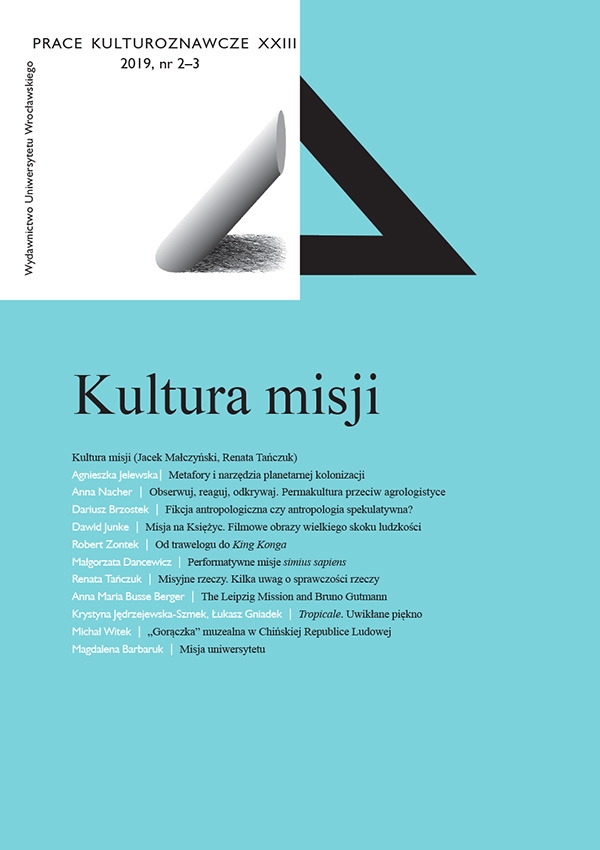

Artykuły

From the travelogue to King Kong: Science expeditions as a cinematic motif of the 1920s and 1930s in light of the social imaginaries of the era
Science expeditions are a staple of cinematic fiction. The theme has been utilized in dozens of permutations in different media and film genres ranging from adventure flicks to family comedies and horrors. Indiana Jones, undoubtedly the best-known “field researcher” in the world, is one of popular culture’s most recognizable figures. In this article, however, I am interested in an era predating his cinematic debut by at least a half century. Its main focus is the 1920s/1930s threshold in which science expeditions began constituting themselves as a motif of cinema and the reasons why such a seemingly august, scholarly enterprise transformed into a popcultural phenomenon. My analysis will focus on two often overlooked but massively popular genres of the era: expeditionary films and exotic exploitation films, both of which, I argue, can be traced back to the ethnographic travelogue. I begin my inquiries — and end them — with Merian C. Cooper’s and Ernest B. Schoedsack’s King Kong 1993, which provides me with a framework for describing the ever-fickle relationship between documentary, fiction, truth and fabrication, which defined the cinematic representations of science expeditions from the very beginning.